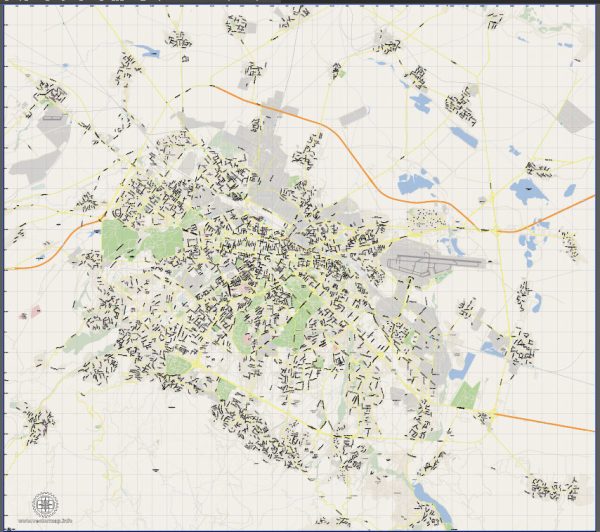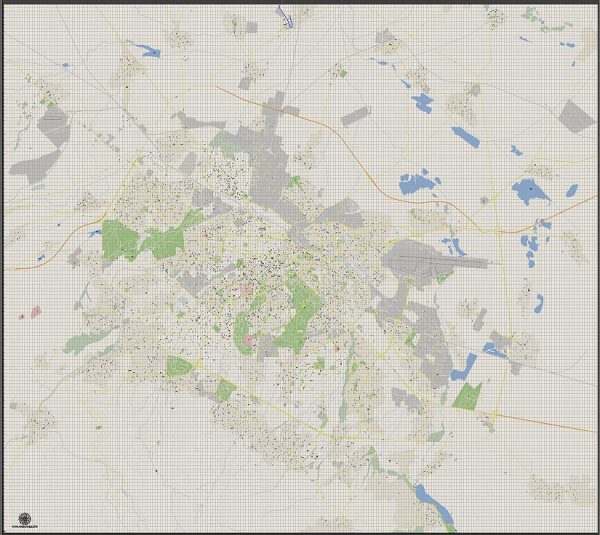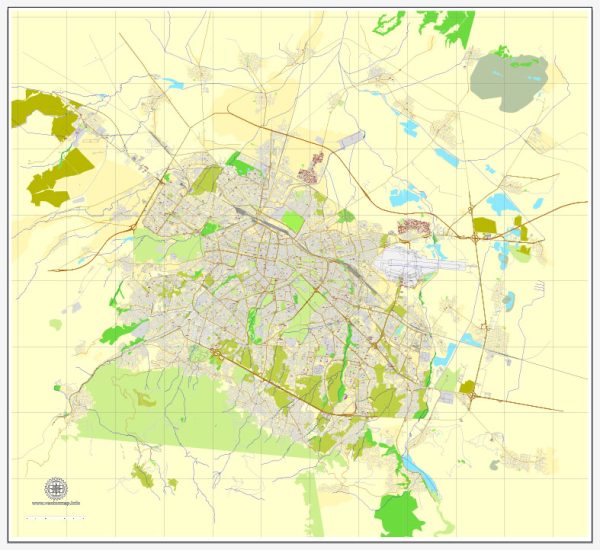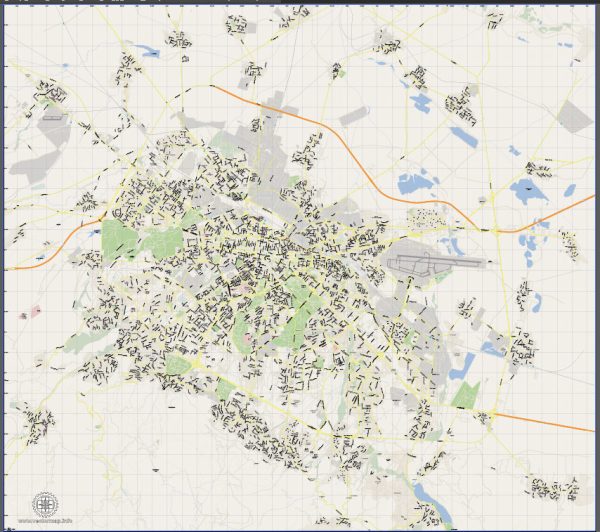The history of urban development in Sofia, Bulgaria, is rich and varied, reflecting the city’s long and diverse history. Sofia is one of the oldest cities in Europe, with a history that spans over 2,000 years. Here is a brief overview of the key historical periods and urban development milestones in Sofia:
- Ancient Thracian and Roman Period (6th century BCE – 4th century CE):
- The earliest known settlement on the site of modern Sofia dates back to the 6th century BCE when Thracian tribes inhabited the region.
- The Romans conquered the area in 29 BCE, and the city, known as Serdica, became an important administrative and economic center within the Roman Empire.
- Serdica was adorned with public buildings, baths, and defensive walls during Roman rule.
- Byzantine Period (4th – 7th centuries):
- The city continued to be a significant center during the Byzantine Empire, and it played a role in various historical events, including the Council of Serdica in 343.
- Medieval Period (7th – 14th centuries):
- In the 7th century, the region fell under the control of the First Bulgarian Empire, and the city became known as Sredets.
- Over the centuries, Sofia changed hands multiple times between Bulgarian, Byzantine, and Ottoman rule.
- Ottoman Period (14th – 19th centuries):
- The Ottomans captured Sofia in 1382, and it remained part of the Ottoman Empire for almost five centuries.
- During this period, the city experienced significant changes in its architectural and cultural landscape, with the construction of mosques, baths, and other Ottoman-style buildings.
- National Revival Period (18th – 19th centuries):
- The 19th century saw a revival of Bulgarian national identity and cultural aspirations. Sofia became a focal point for the national revival movement.
- Notable buildings from this period include the Church of St. Nedelya and the Church of St. Sofia.
- Bulgarian Independence and Early 20th Century:
- After the Russo-Turkish War (1877-1878), Bulgaria gained independence, and Sofia was declared the capital in 1879.
- The city underwent significant urban development, with new infrastructure, government buildings, and educational institutions being established.
- Communist Era (1944-1989):
- During the communist era, Sofia experienced rapid industrialization and urbanization.
- Large-scale architectural projects, including the construction of apartment blocks and public buildings, were undertaken.
- Post-Communist Era (1990s – Present):
- After the fall of communism in 1989, Sofia underwent further changes, including the restoration of historical buildings and the development of modern infrastructure.
- The city has embraced a mix of historical preservation and contemporary urban planning, with efforts to balance the preservation of its cultural heritage and the demands of a modern European capital.
Today, Sofia is a dynamic and vibrant city that reflects its rich history through a diverse architectural landscape, blending ancient and modern influences. The city continues to evolve, with ongoing efforts to preserve its historical heritage while adapting to the needs of a modern European capital.





 Author: Kirill Shrayber, Ph.D.
Author: Kirill Shrayber, Ph.D.